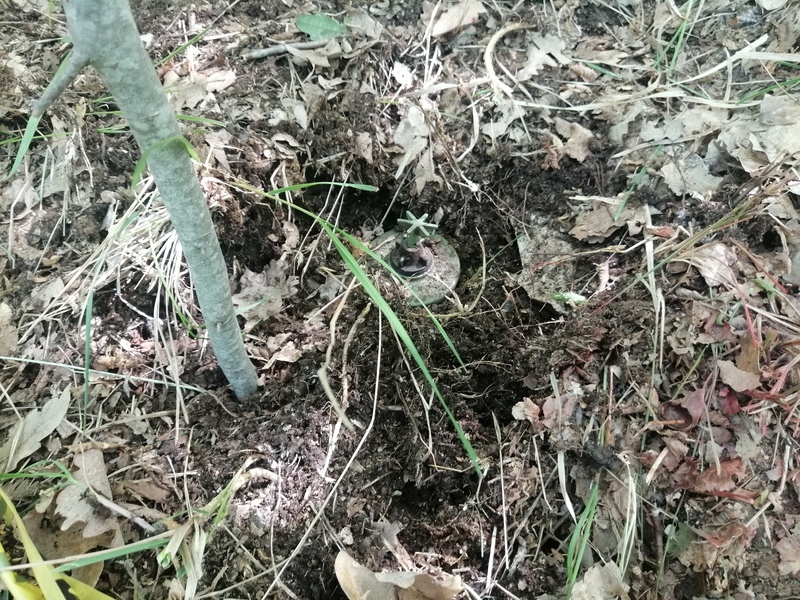Explosive Remnants of War
In September 2021, EUFOR published updated mine-contamination maps that show the location across Bosnian national territory of explosive remnants of war (ERWs), such as minefields, cluster munitions and other unexploded ordinances. This cartography documents the proximity of unexploded military weapons to former and current migrant encampments and routes; in the Una-Sana Canton, for instance: the quasi-abandoned hamlet of Bosanska Bojna, the landfill beneath Vučjak camp, the outskirts of Bihać, mount Plješevica, as well as slopes, areas along and around beaten migration trails. Despite joint efforts by BHMAC (Bosnia’s Mine-Action Centre) and international landmine-monitoring centres, the Gorska Služba Spašavanja (GSS), aid organisations such as the Red Cross, and autonomous solidarity networks, to inform migrant and refugee people of the presence of ERWs, in March 2021 one Pakistani man died and four more people were injured in an explosion, while walking in the forests around Saborsko, Croatia, 50 kilometres north of Bihać. The victim had set off a landmine.

In the uncanny reemergence of a war-time form of toxic weaponization of space, this death brings to the fore how explosive remnants of war was a means to prevent the return of displaced communities to their homes, and thus an essential tactic in the campaigns of ethnic violence from 1992 to 1995, that is: “a systematic policy of ’cleansing the ground‘ (čišćenje terena), often translated as ethnic cleansing (etničko čišćenje), designed to clear the landscape of all those labelled as the Other” (Berman 2003: 273). The violent and long-term clearing of the Other is a constitutive aim of the weaponization of the environment in its many forms: denying the very conditions and means of life, literally subtracting space and rendering terrain inaccessible for many years after the end of war-time violence. ERWs constitute a long-term condition, an active form of emptiness which “offers a powerful lens for localizing the effect of late modern warfare, and for attending ethnographically to what living around such deadly environments entails” (Henig 2020).
The death of one migrant in Saborsko is in fact a reminder of the enduring militarisation of this territory that local communities have had to endure since the 1990s and has caused in Bosnia alone 1781 casualties, either deaths (624 people) or severe injuries or maiming, since the end of the conflict. War-time soil-contamination in the country is concentrated along the 1100-km-long and 4-km-wide Inter-Entity Boundary Line (IEBL) that separates the Federation of BiH, the Republika Srpska and the Brčko District from one another. Areas around the IEBL therefore have priority when it comes to demining operations. But non-IEBL swathes of land are, at times, just as contaminated. The presence of multiple confrontation lines, as well as the rapid and continuous changes to them that occurred in the fighting, have made soils in the Una-Sana Canton (USK) some of the worse affected by ERW-pollution today. In April 2022, BHMAC officials had it that mine-suspected areas in USK amounted to 93 km2, that is, 3% of cantonal territory: the third largest extent in the FBiH by canton, and almost half of the total quantity contaminating the RS.